Mahogany is a hardwood known around the globe for its durability, straight grain pattern, and red-brown color. The mahogany wood produces a bright shine when appropriately polished, making it a feasible choice for household furniture.
In this article, we’ll be reading about everything related to mahogany hardwood, exploring its characteristics, and the advantages and disadvantages of using mahogany wood.
Table of Contents
Is Mahogany Hardwood?
1. Quality of Mahogany Wood
It’s a quality wood compatible with most interior designs and is often used for furniture as it prevents rotting and moisture from damaging the wood. The unique color of the wood adds an aesthetic appeal to the woodwork.
2. The Hardness of Mahogany Wood
The wood is harder than most soft and hardwoods available in the market. Original mahogany wood has a hardness rating of 3.6 N, ranking its hardness above most hardwoods. The wood has a diffused, tight porous structure with tiny spaces between the wood fibers. This tightly packed structure gives the wood a straight grain.
The tightly diffused porous structure also prevents the absorption or release of moisture that most wood types suffer from. Furniture made from mahogany wood is minimally affected by humidity and temperature variations. The high fiber density of this wood is more than aspen, cedar, redwood, sugar pine, and basswood and less than maple, Brazilian walnut, white oak, and cherry, to name a few.
3. Characteristics of Mahogany Wood
While you can find several varieties of mahogany with slightly varying colors, the original mahogany wood exhibits the following characteristics:
- Easy to Work
Due to the wood’s high density, it’s easy to work with the wood. Processes like sanding and machining can be executed without a hitch. Most woodworkers see the wood’s density as a goldilocks standard density that’s perfectly balanced.
- Resistant to Rotting
While mahogany might not be as effective at keeping moisture at bay as Teak wood, it’s still a decent pick that will surely last several seasonal changes. This rot resistance increases as the tree grows and become more prominent.
- Extremely Stable
Whether it’s flat wood pieces or glued-up joints, the wood will remain stable and exhibit minimal change during high humidity or freezing weather. The water cannot enter or evaporate from the wood, allowing it to maintain structural stability.
- Defect-free Lumber
As the tree grows bigger, the chances of getting defect-free lumber increase by many folds. The mahogany tree produces the best exotic wood when growing freely in the wild.
Mahogany Wood in Flooring
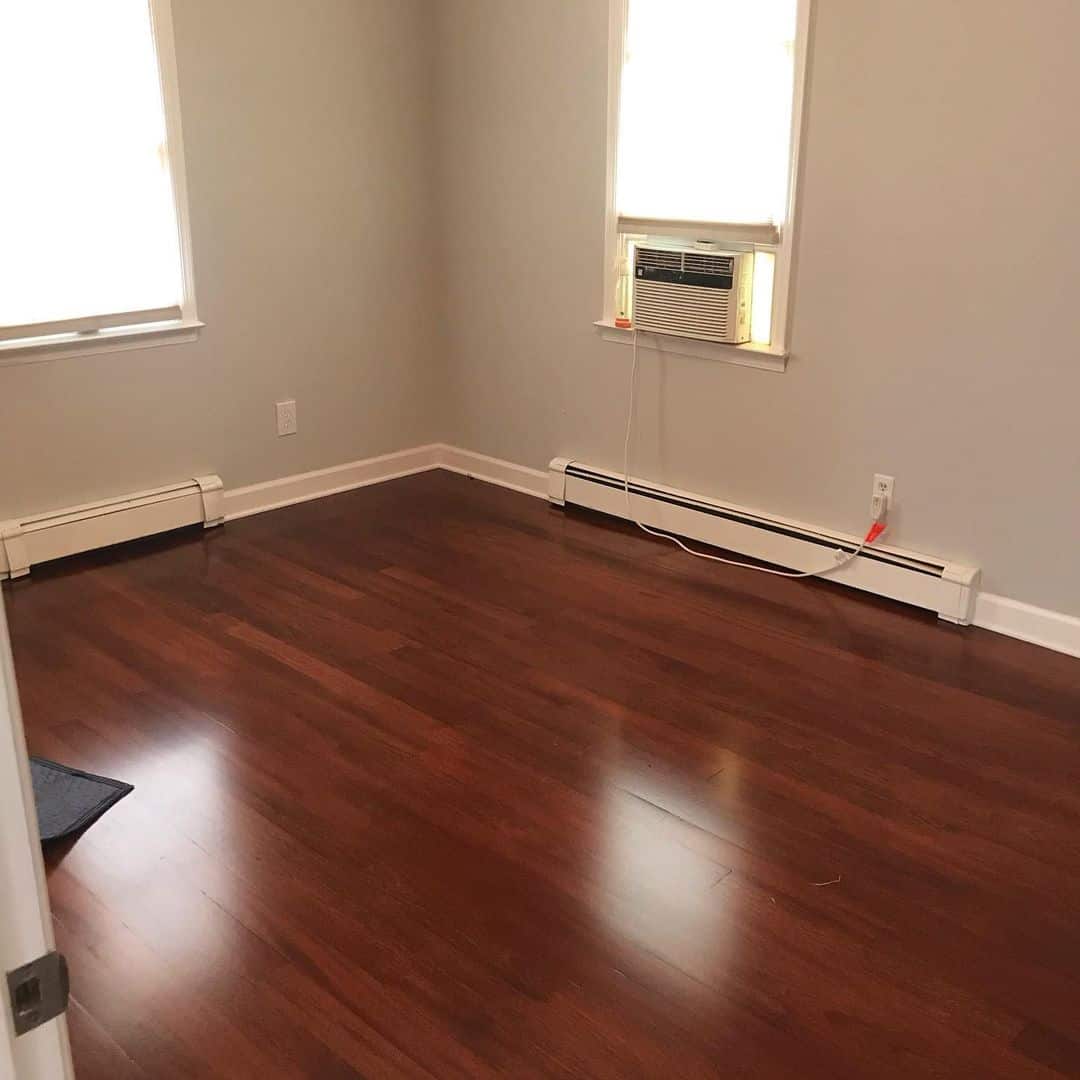
The wood’s striped look and the red-brown color give it its distinctive appearance. The wood is also durable, long-lasting, and has high hardness levels. It can be used to craft woodworking projects ranging from making guitars to boats, doors, and eye-catching furniture.
Besides the uses mentioned above, mahogany wood is also used in the flooring industry due to its sturdiness, outlook, and durability. If you are looking for a classy rustic look, mahogany flooring will be the right choice. Let’s read on to learn about the pros and cons of mahogany flooring.
Advantages of Mahogany Hardwood Flooring
The wood is harder than other common wood types like oak and provides the most stability.
The most significant advantage of using this wood type is the wood’s grain appearance. The patterns can easily blend in with other furniture nearby and have beautiful designs that elevate indoor aesthetics.
The flooring planks are made from quartered logs, providing wood planks without bends.
Mahogany wood flooring is minimally affected by changing weather conditions and can be used for flooring in an outdoor setting. This wood type is the best and the most cost-effective alternative to expensive exotic wood.
Disadvantages of Mahogany Hardwood Flooring
As the wood is denser, it can be challenging to trim and work on during woodworking projects requiring a high level of detail. It can be difficult for a beginner to work with wood and might require professional assistance.
While the wood is durable and has a beautiful grain pattern, it’s way costlier than most wood types used for flooring and related purposes.
Over time, exposure to sunlight can make the wood appear darker.
Types of Mahogany Wood
1. Cuban Mahogany
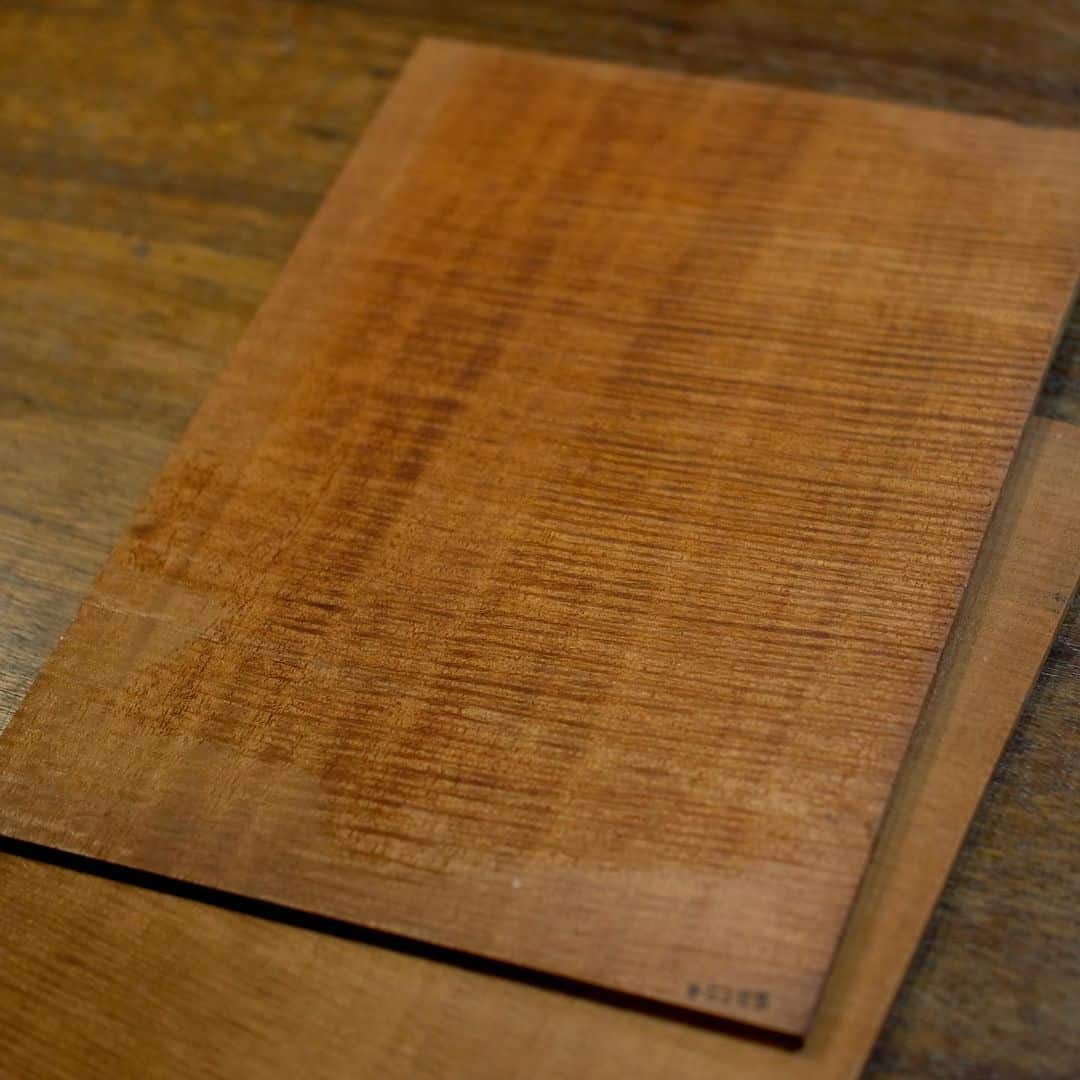
It’s called the original mahogany or genuine mahogany and yields exceptional lumber when the tree grows more than 12 inches in diameter. The variety is from the Swietenia genus, one of the most sought-after wood types. Due to the wood’s high demand, Cuba has banned the export of this wood.
2. Honduran Mahogany (Swietenia Mahogani)
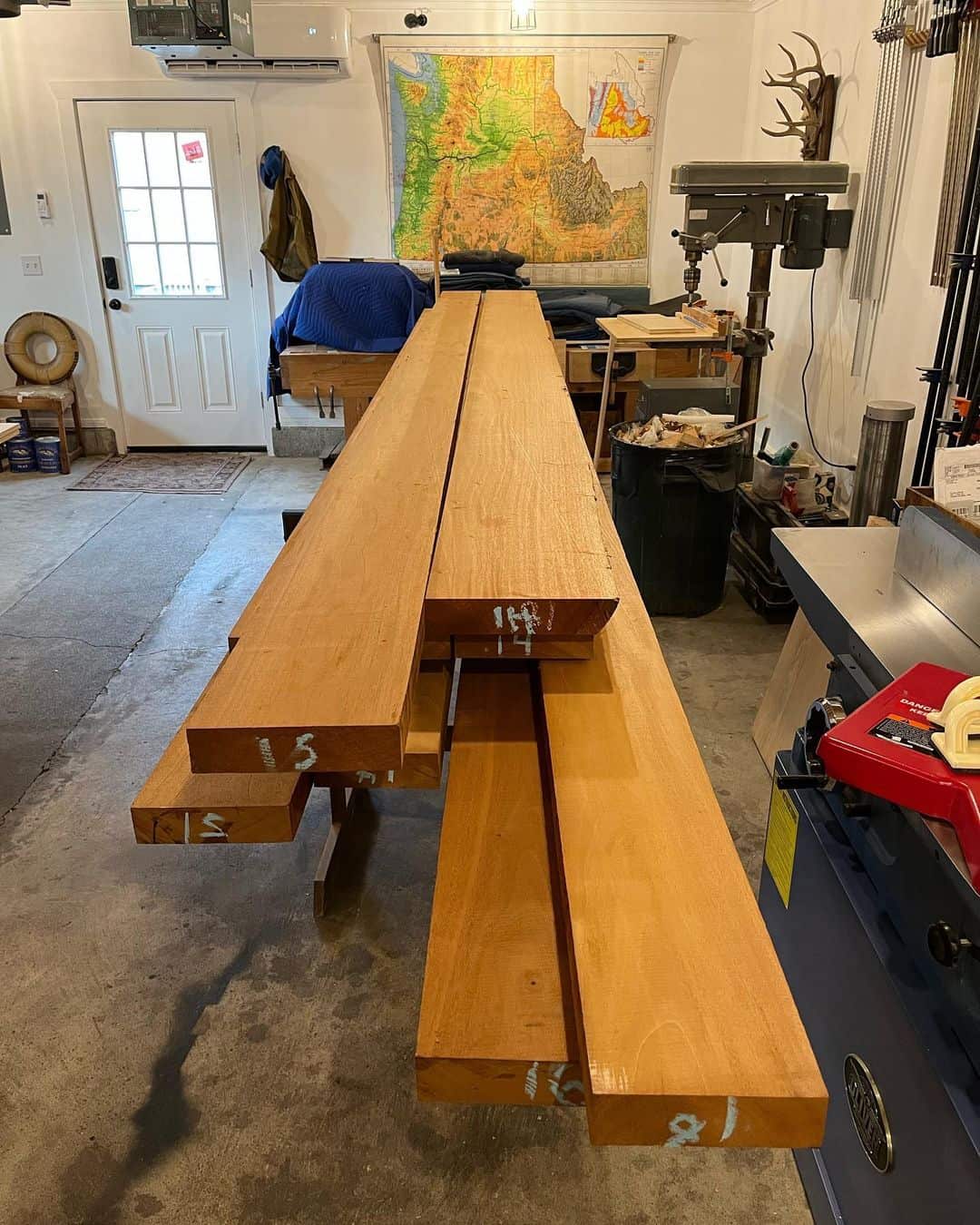
This mahogany type comes from South America and has all the characteristics of its Cuban counterpart. This mahogany wood type has some common names, like big-leaf mahogany, American mahogany, Brazilian mahogany, and others. The distinct feature that helps identify this wood type is the production of marginal parenchymal bands resembling light brown growth rings.
The Cuban and Honduras mahogany vary in color and weight and are typically differentiated on this basis. The Cuban and Honduran wood is one of the sources of the highest quality mahogany hardwood and comes from the same Swietenia macrophylla genus.
3. Mexican Mahogany (Swietenia Humilis)
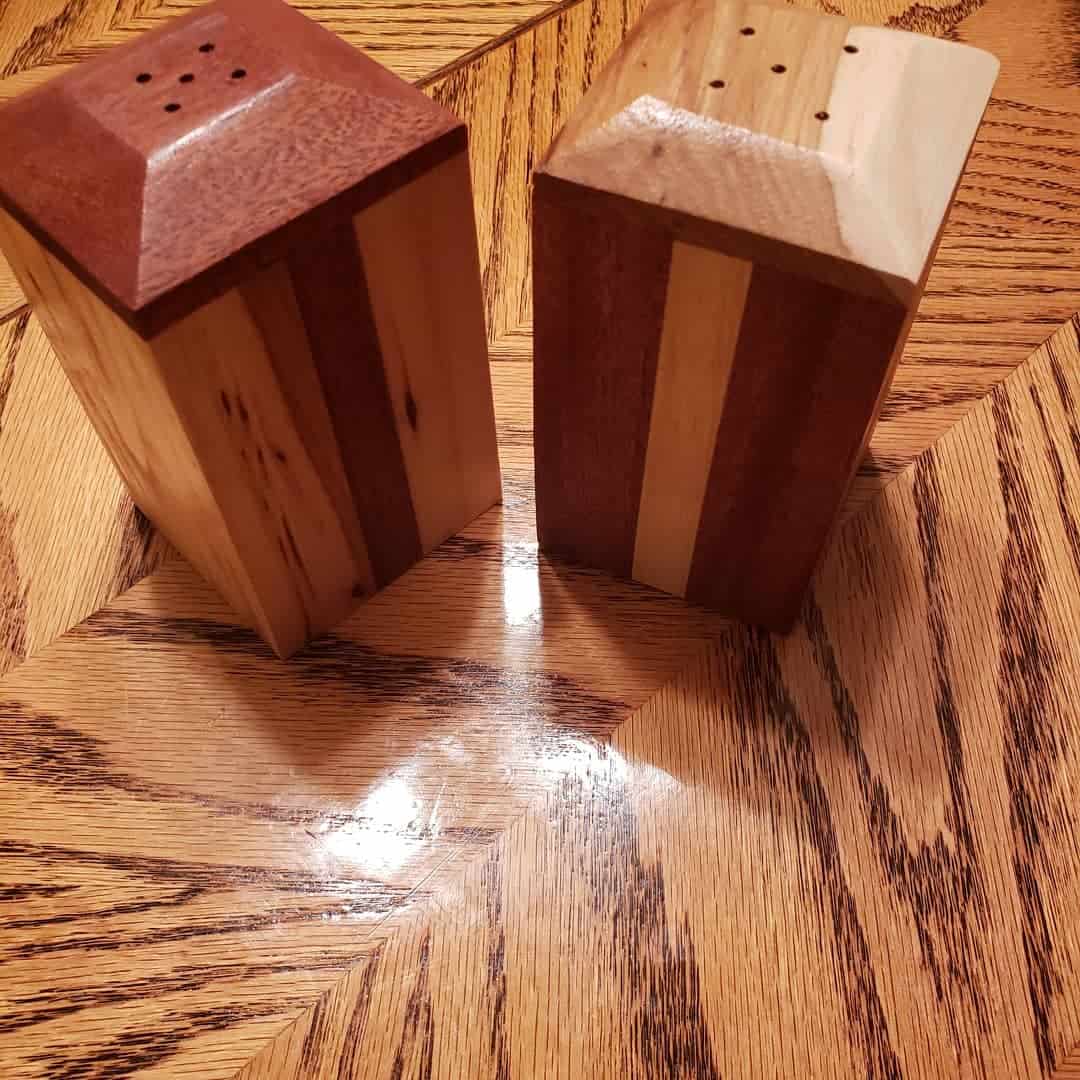
Growing around Central America, This tree is smaller than most mahogany species and produces shorter baseboards. The quality of wood could be better as the variety inherits the conventional defects smaller trees have in general.
It’s worth noting that lumber from varieties growing and thriving in the wild has the highest density, more weight, and is stronger than the mahogany plantation varieties.
4. African Mahogany
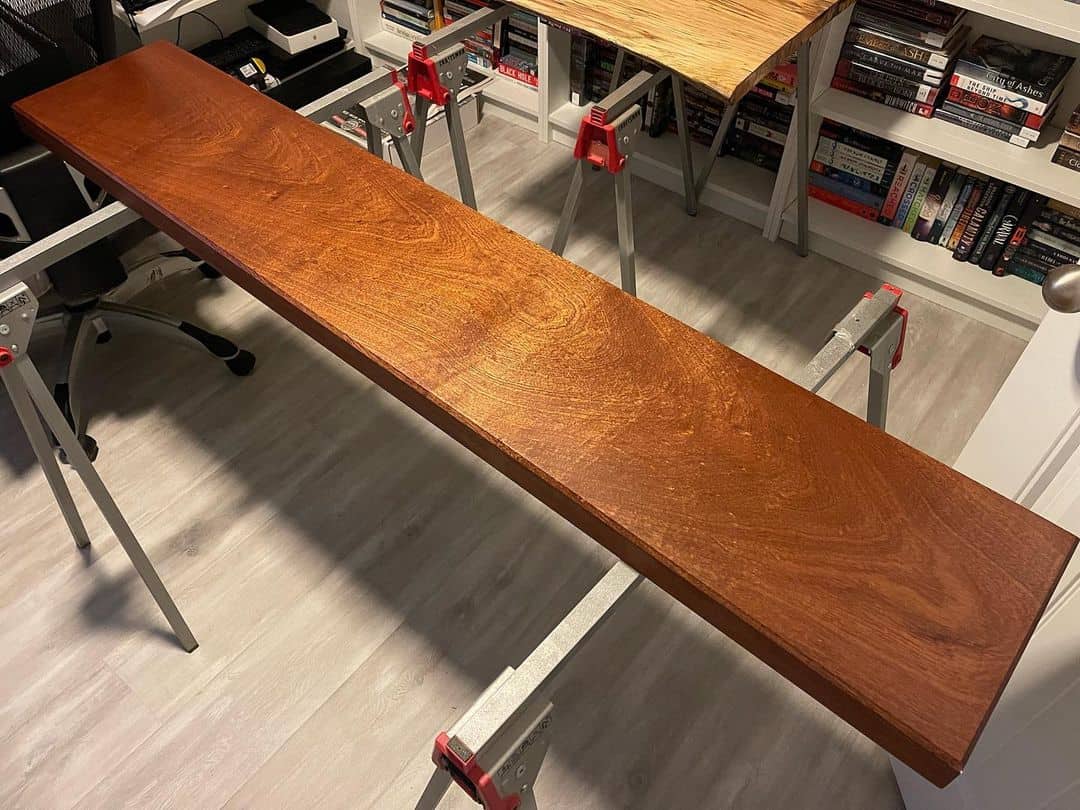
Originating from Africa, this genus has a poor reputation when classifying wood. While this variety might be challenging to distinguish in appearance from the real deal, African mahogany or khaya needs better wood quality. It will not produce the same results as the Cuban mahogany wood.
This wood type’s most significant distinguishing factor is that it doesn’t have annual growth rings and has a bland and more interlocked grain than wavy or ripple grain found in other varieties.
Mahogany Wood Substitutes
While some of the wood species mentioned here are from the same genus and family, several varieties genuinely resemble the wood in appearance. Still, they are not related to mahogany wood.
1. Utile
Utile or sipo is a wood possessing the same mechanical properties as mahogany and is generally darker in color. Sipo is often mistaken for genuine mahogany but needs more dimensional stability.
2. Sapele
This variety yields quality lumber resembling genuine mahogany in terms of mechanical properties and outlook. However, the distinguishing factor is the wood’s dark color and slightly varying ribbon-stripe grain appearance.
3. African Walnut
The wood’s density and grain density are closely similar to the mahogany but are slightly less stable than the original mahogany wood.
4. Andiroba
In the flooring industry, this wood type is referred to as Royal Mahogany as its weight, hardness, color, and grain pattern strikingly resemble genuine mahogany.
5. Spanish Cedar
Despite having a paler color, the grain of the Spanish cedar wood resembles the original mahogany. The wood is also lighter weight, soft, and more aromatic than mahogany.
6. Avoid
It’s known as white mahogany because of its light yellow-golden color, but it has properties and characteristics similar to African mahogany. Besides the noticeable color difference, the most distinct difference is that this wood type doesn’t perform well in an outdoor setting and is only a feasible option for indoor furniture or flooring.
7. Chinaberry
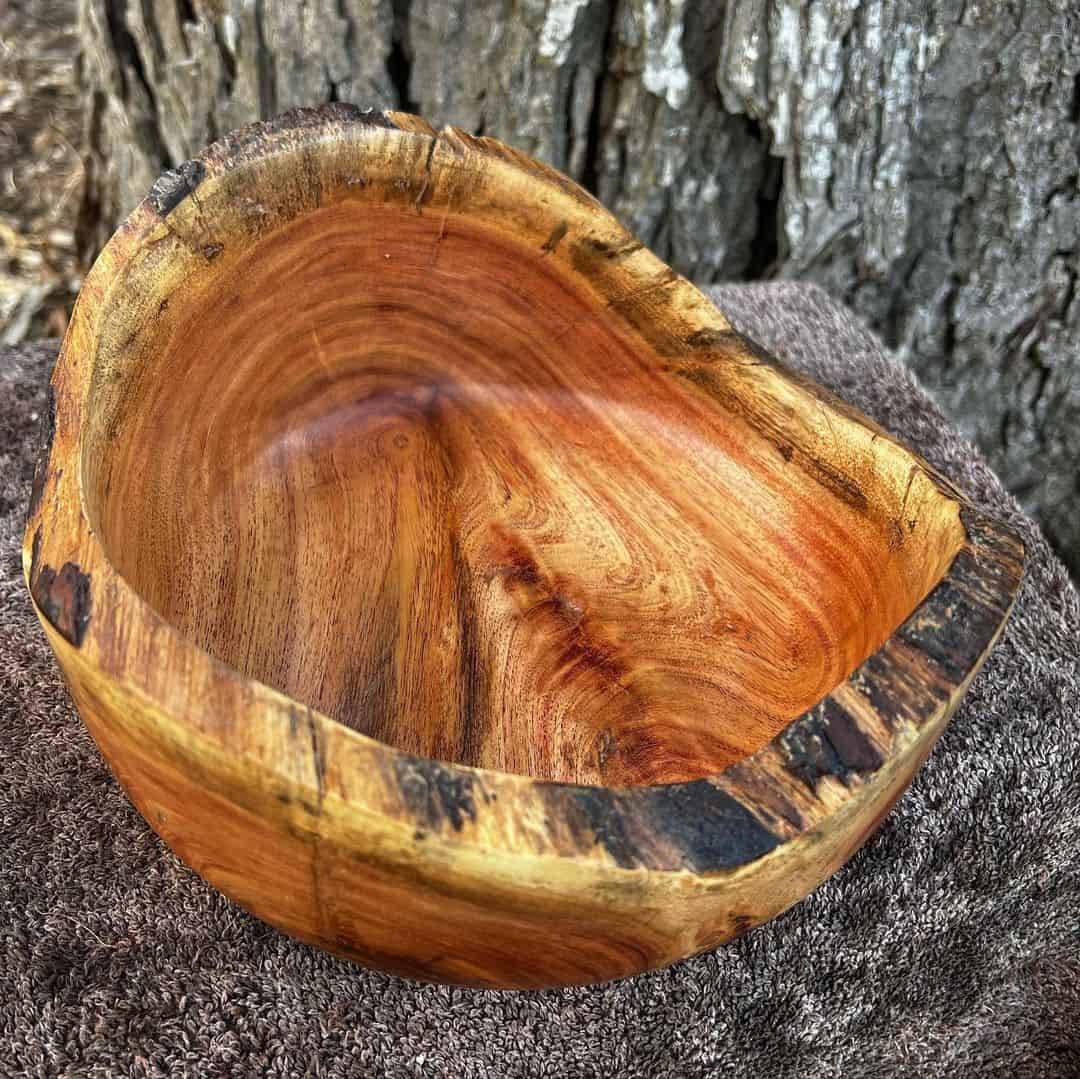
The wood’s weight, hardness, and strength are very similar to the original mahogany, but the wood grain varies as it’s a ring-porous hardwood. Chinaberry also lacks dimensional stability and has a different appearance.
8. Philippine Mahogany
The Philippine mahogany (genus Shorea) and the Santos mahogany are two other varieties that don’t belong to the mahogany family and need clarification with the genuine mahogany due to the wood’s resemblance.
Typically, this wood from the Shorea genus is used to make plywood and is one of the closest wood types in terms of working properties and appearance.
9. Santos Mahogany
The ‘mahogany’ linked with this wood type is not more than a sales gimmick by the flooring and construction industry to increase sales. However, it does not mean this wood type is not durable or cannot be used to make furniture or used in construction or flooring.
10. Swamp Mahogany
While this wood type carries the ‘mahogany’ title, it’s a member of the eucalyptus genus, found abundantly in Australia. While the wood is strong and durable, it is too dense, making it troublesome to work with.
11. Mountain Mahogany
It’s one of the densest and most intricate woods available. While the color and appearance of the wood resemble the mahogany slightly, the wood ensures stability.
Bottom Line
Several hardwood varieties are using mahogany, misleading people who know little to nothing about mahogany hardwood. If you are interested in installing mahogany flooring, the best way is to find a competent and reliable flooring company in your area.
A qualified service provider will always inform you about the type of wood used and whether they can provide you with genuine mahogany.
We hope the information we shared can assist you in finding a suitable mahogany variety and expand your knowledge so you can make an informed decision.